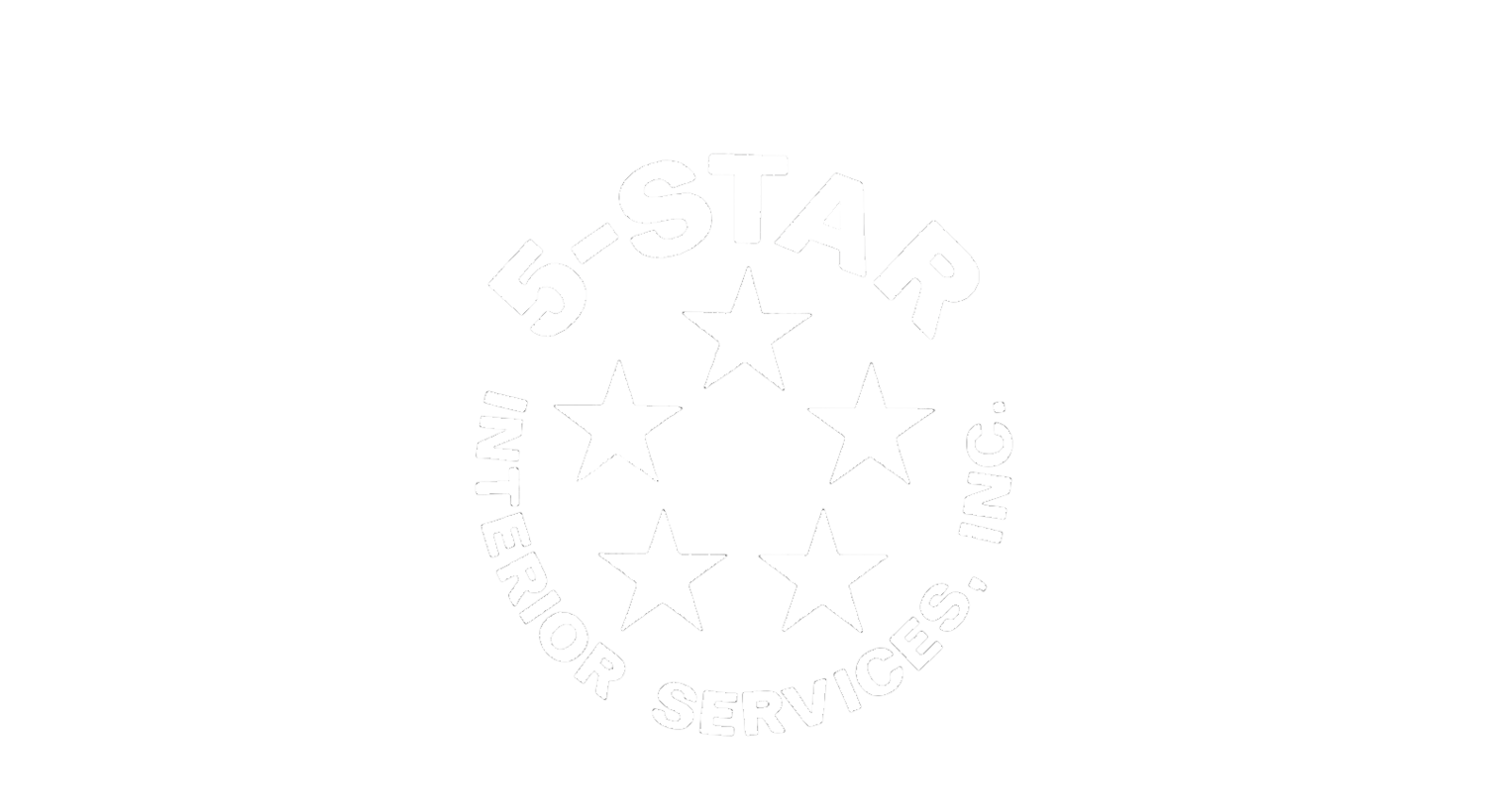Drapery is the standard in upscale guest room design and accounts for the majority of our work. All of our drapery is manufactured in house allowing estimating, fabrication, shipping, and installation to remain under our direct control.
Pleat Styles
The two primary pleat styles for drapery are Ripplefold and Pinch Pleat, each offering a different look and their own advantages and disadvantages.
Ripplefold
Ripplefold offers a clean, more modern look but is less versatile than pinch pleat. The drapery is attached to the hardware with snaps. Because of this it is not field adjustable and difficult to incorporate into existing hardware. Difficulties with existing hardware include lack of compatibility between manufacturers and variable carrier counts. Options for fullness are limited to 60%, 80%, 100%, and 120%.
Pinch Pleat
Pinch Pleat has the most versatile application and can be used anywhere and with most hardware types. This style is durable and the pleats can be adjusted to create almost any kind of fullness desired. Pinch Pleat attaches to the hardware with removable pin hooks allowing for field adjustment of height and can be easily incorporated into existing hardware.
Other Pleat Styles
There are many additional, less common pleat styles including Grommet Top, Tab Top, and Panel Tracks. Their applications are less versatile and typically used in situations where a client is going for a specific look.
Grommet Top
Tab Top
Panel Track System
Decorative Valances/Cornice Boxes
A Valance or Cornice Box can be used as a decorative top treatment designed to hide hardware and prevent light leakage. They can be mounted to a wall or ceiling. A valance is a soft fabric treatment while a cornice box is a hard fabric-wrapped treatment.
Hardware types
There are many different types of hardware that can be used with drapery to allow for diverse mounting circumstances and create different style effects. The most common include architectural track, decorative (CRS), iron pole, wood pole, and motorized.
Architectural Track (Architrac)
Architrac is a reliable, cost effective option typically used for most applications. It can also be curved to fit bay windows or other unusual situations. Architrac can be mounted on walls or the ceiling and can be used with a baton or cord draw. They are available in a variety of colors.
There are 3 basic types of Architrac that are commonly used:
Wall Mount
94003
Ceiling Mount
94004
Cord Draw
94001
Decorative Track/CRS
Decorative track like CRS is an excellent option for applications where the track may be visible. Like Architrac, it has smooth operation and is available in many different colors and finishes. The draw back is the expense which is considerably more than Architrac and therefore typically used in suites and public areas.
Iron Pole
Iron pole offers a traditional style but does not operate as well as Architrac or CRS and is also expensive. It can, however, be a good option for public area applications where the treatment will not be opened and closed often.
Wood Pole
A wood pole offers the traditional look and expense, similar to the iron pole, and has multiple applications. It offers decent operation. It also has the option to incorporate Architrac into a precut notch. Wood Pole is available in many styles and finishes.
Motorized
Motorized hardware is typically used for suites, ADA rooms, and treatments that are inaccessible. It can be used with many different control systems and there are several different power supply options available similar to motorized roller shades.
Fabrics
The majority of the decorative fabric used in our production is C.O.M. (Customer’s Own Material). Typically, the client or purchasing company will make the selection and purchase the yardage (including FR treatment) after we estimate the yardage needed. On the other hand, most of the linings (Blackout or Sateen) are design specified but provided by 5-Star as a part of our package cost. Although this is the typical arrangement, we are able to purchase and FR almost any fabric design specifies.
fabric types
Sheer
Sheer is a semi-translucent fabric used to create light weight drapery. It is often paired with a heavier blackout drape to create a complete look that is seen in most guest rooms. Sheer does not provide a blackout effect so it is rarely used on its own in guest rooms, however, many properties may use it alone in public areas such as lobbies. Sheer fabric is typically sold in rolls that are 118” wide and railroaded.
Decorative Over Fabric
Decorative Over Fabric is a designer fabric used with a blackout lining to create a complete drapery. It typically comes in 54” wide rolls.
Designer Blackout Fabric
Designer blackout fabric is a decorative fabric that is coated with a blackout foam. It is available in either 54” or 110” wide rolls. there are some draw backs to consider when using this product including visible needle holes and creasing.
Blackout
Blackout fabric is a plain fabric that is coated (or passed) with foam to create a blackout effect. It is available in 2 pass, 3 pass and 4 pass, however, 4 pass is more expensive and is not necessary unless design specifies a color that is not standard. The standard colors available are Ivory, Ecru, and White.
Sateen
Sateen is a lining that finishes the backside of a drapery, which makes it appealing for situations where the backside of the treatment may be visible. It provides sun protection while giving the treatment a heavier look and thicker hand, however, this does not have a blackout effect.
Interlining
Interlining is a dense fabric used between two fabrics or as a lining to improve noise absorption, room insulation, or to provide more body to the treatment.
Self-Lining
Self-lining a drapery treatment simply means to line the backside of the fabric with the same fabric, making both sides of the treatment look uniform. This is an excellent option in situations where both sides of the treatment will be highly visible.

















